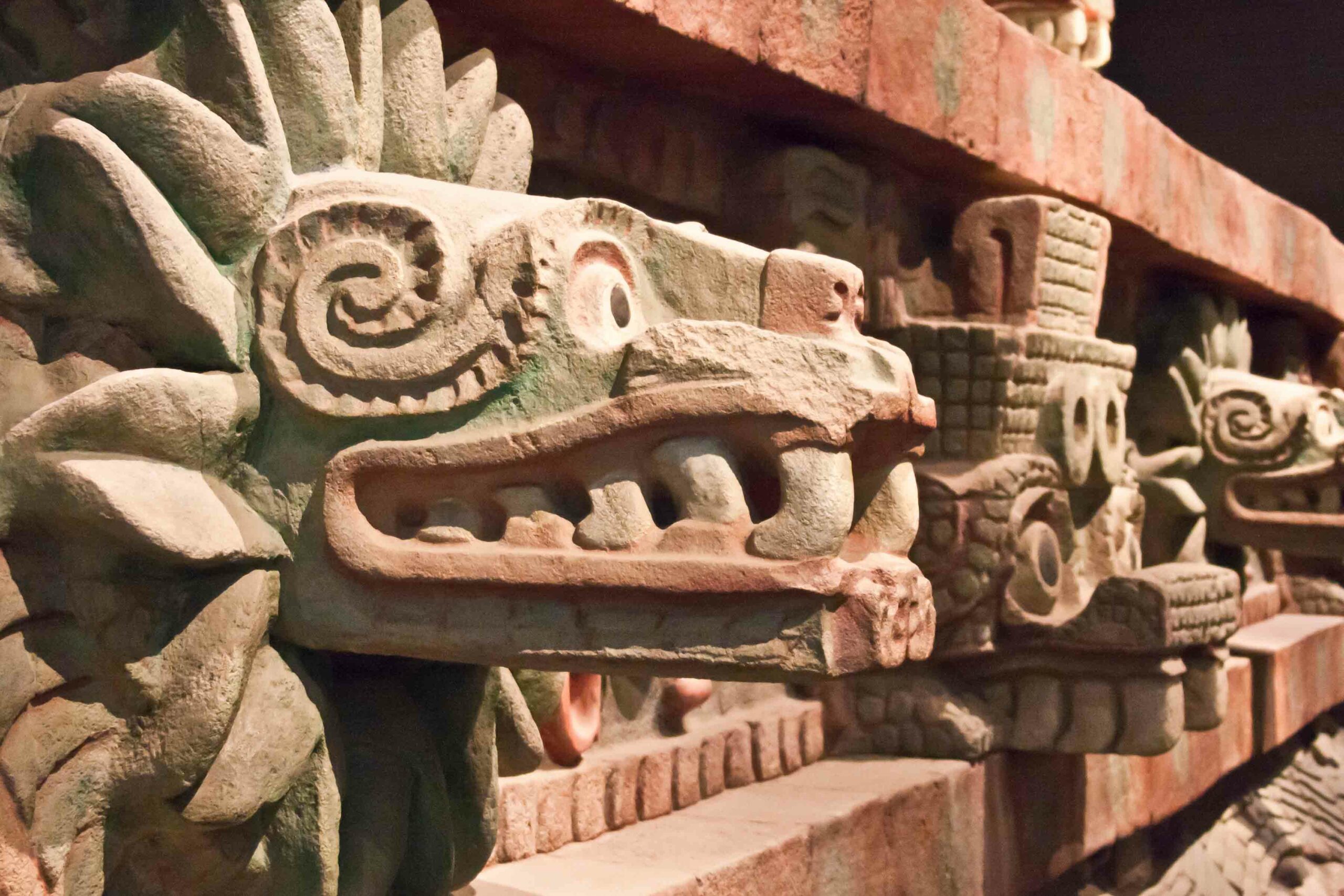Latest News
-
 Wikimedia Commons
Wikimedia Commons -
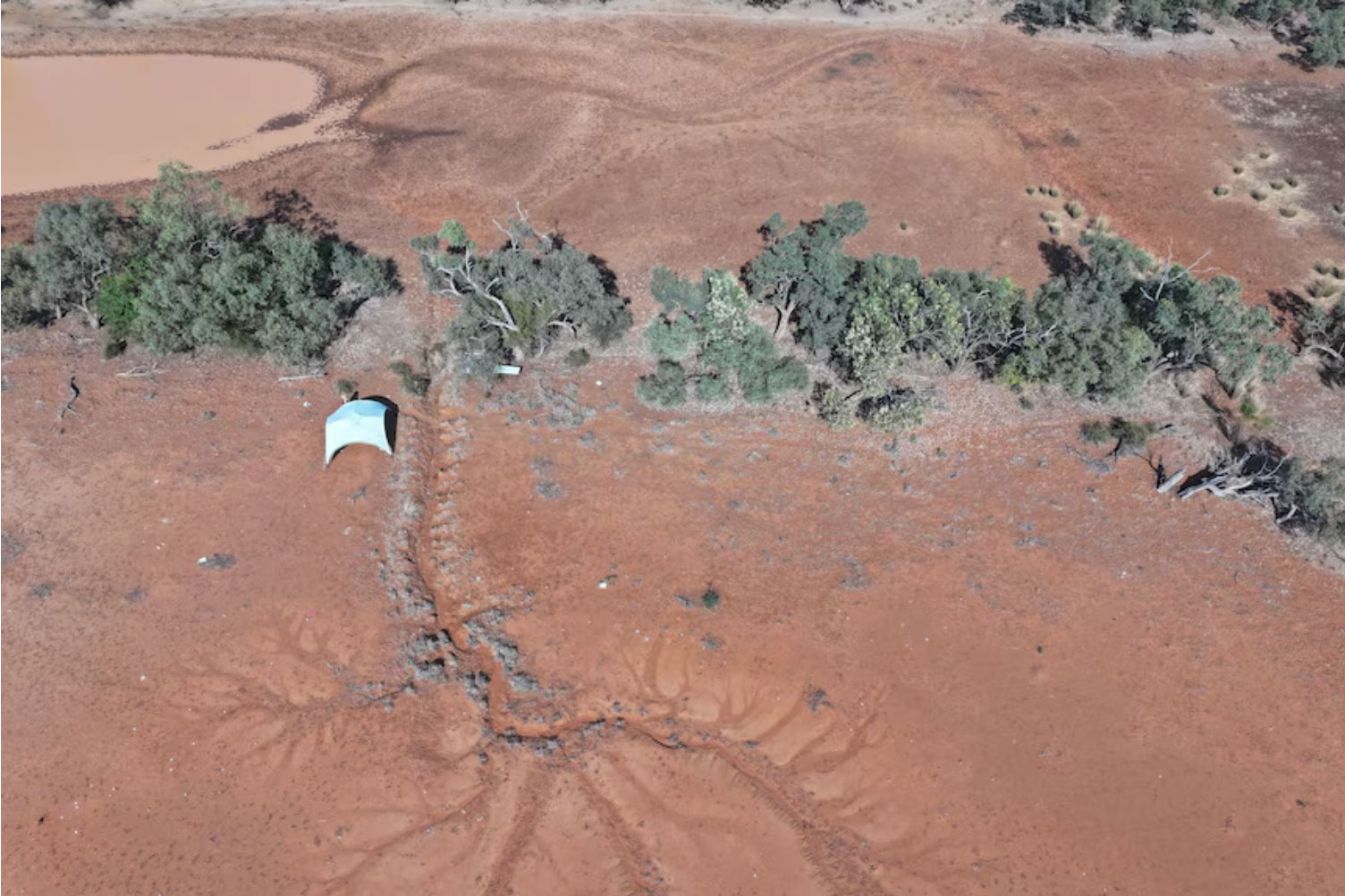 Griffith University
Griffith University -
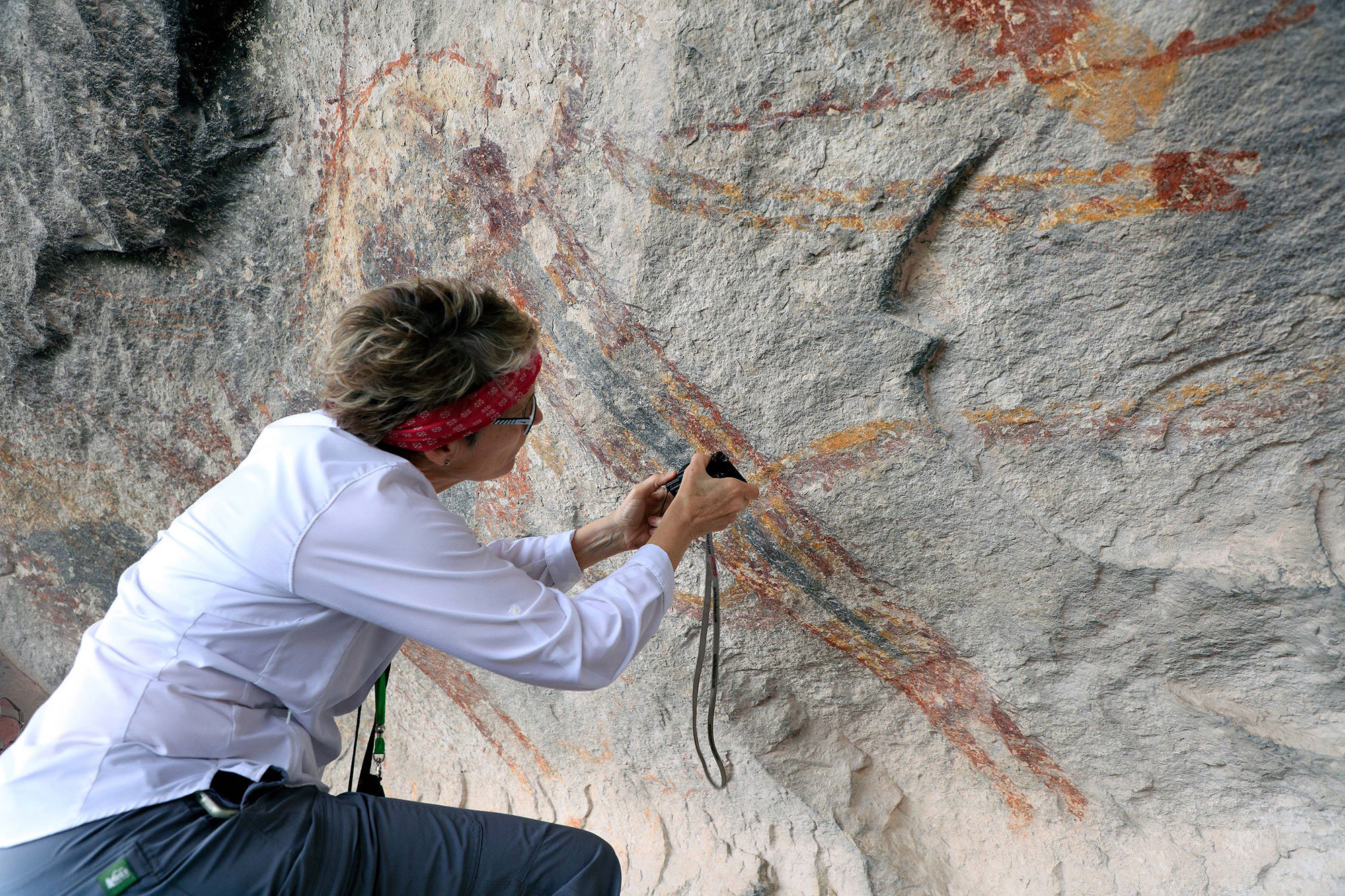 Photo courtesy TXST/Shumla
Photo courtesy TXST/Shumla -
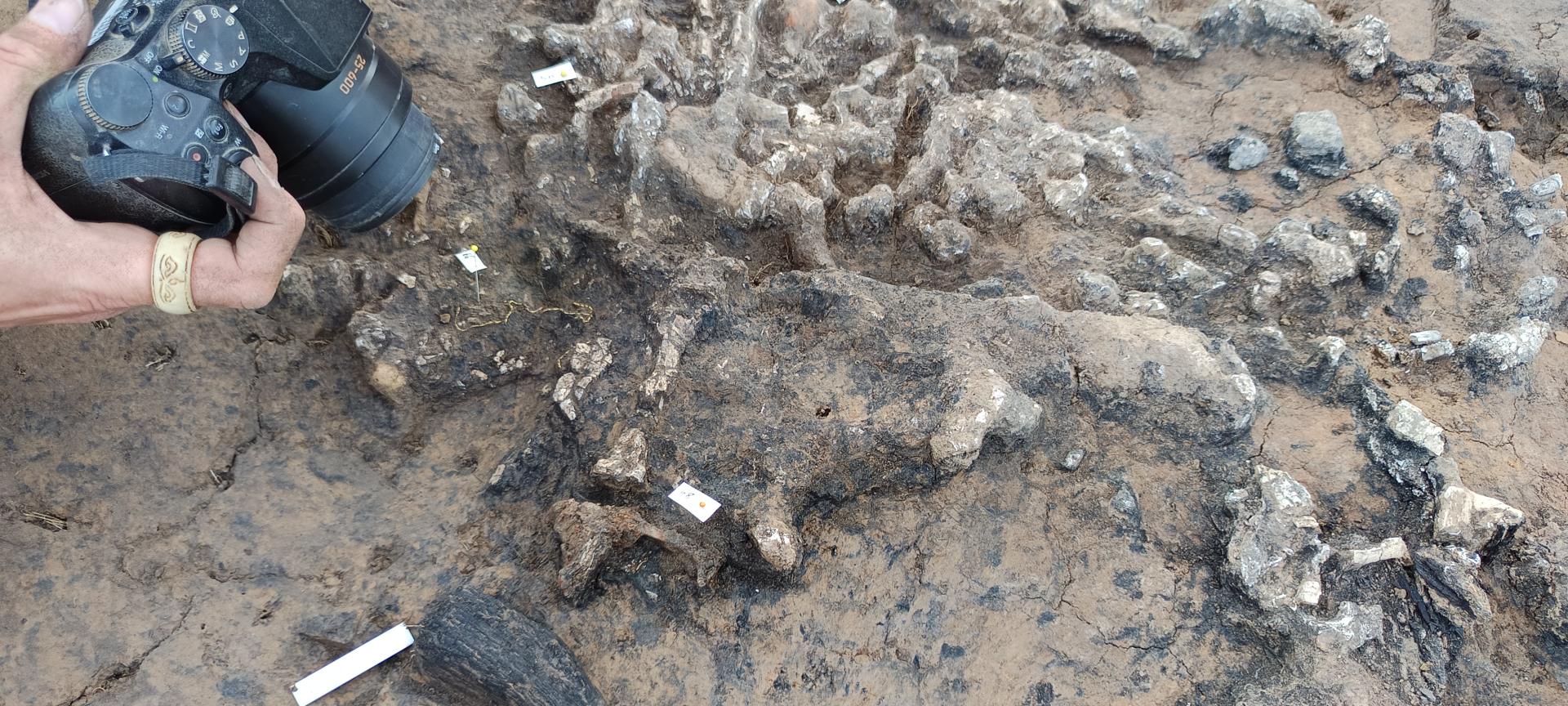 © Frédéric Prodeo, Inrap
© Frédéric Prodeo, Inrap
-

-
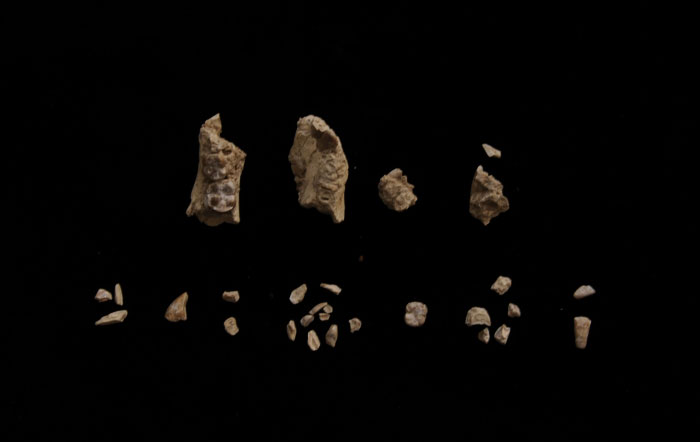 Yohannes Haile-Selassie/ASU
Yohannes Haile-Selassie/ASU
-

-
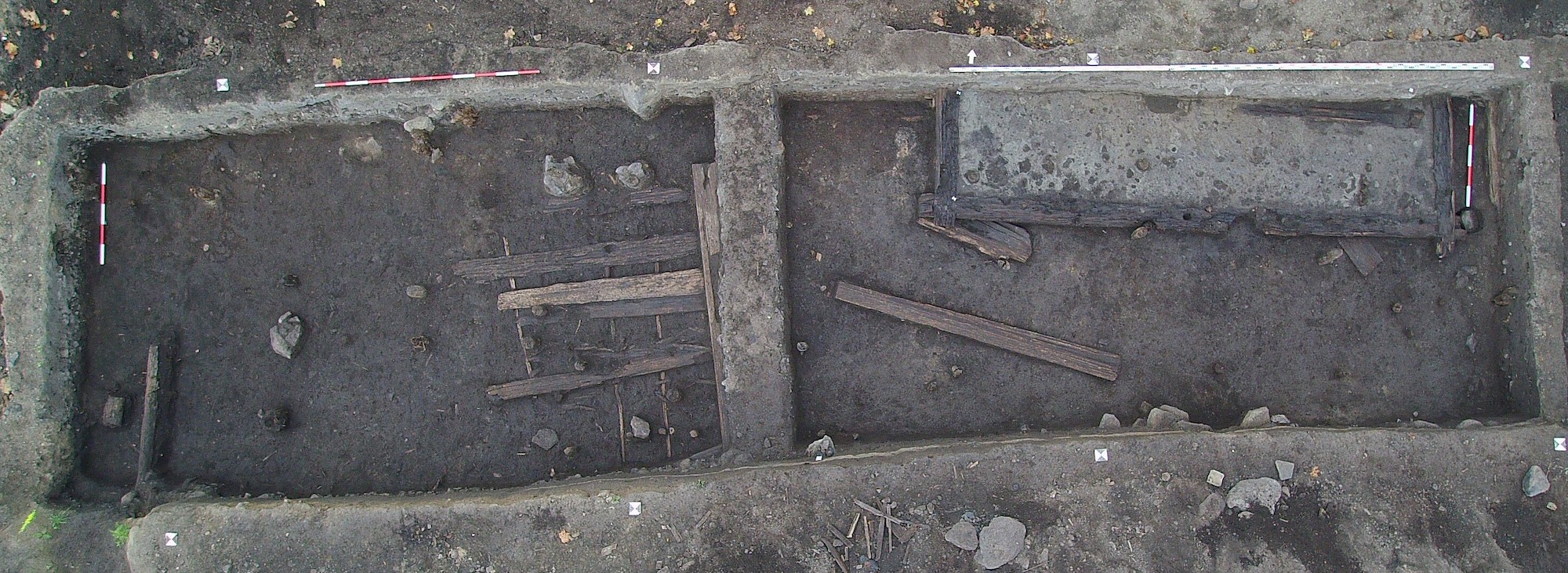 Czech National Heritage Institute
Czech National Heritage Institute -
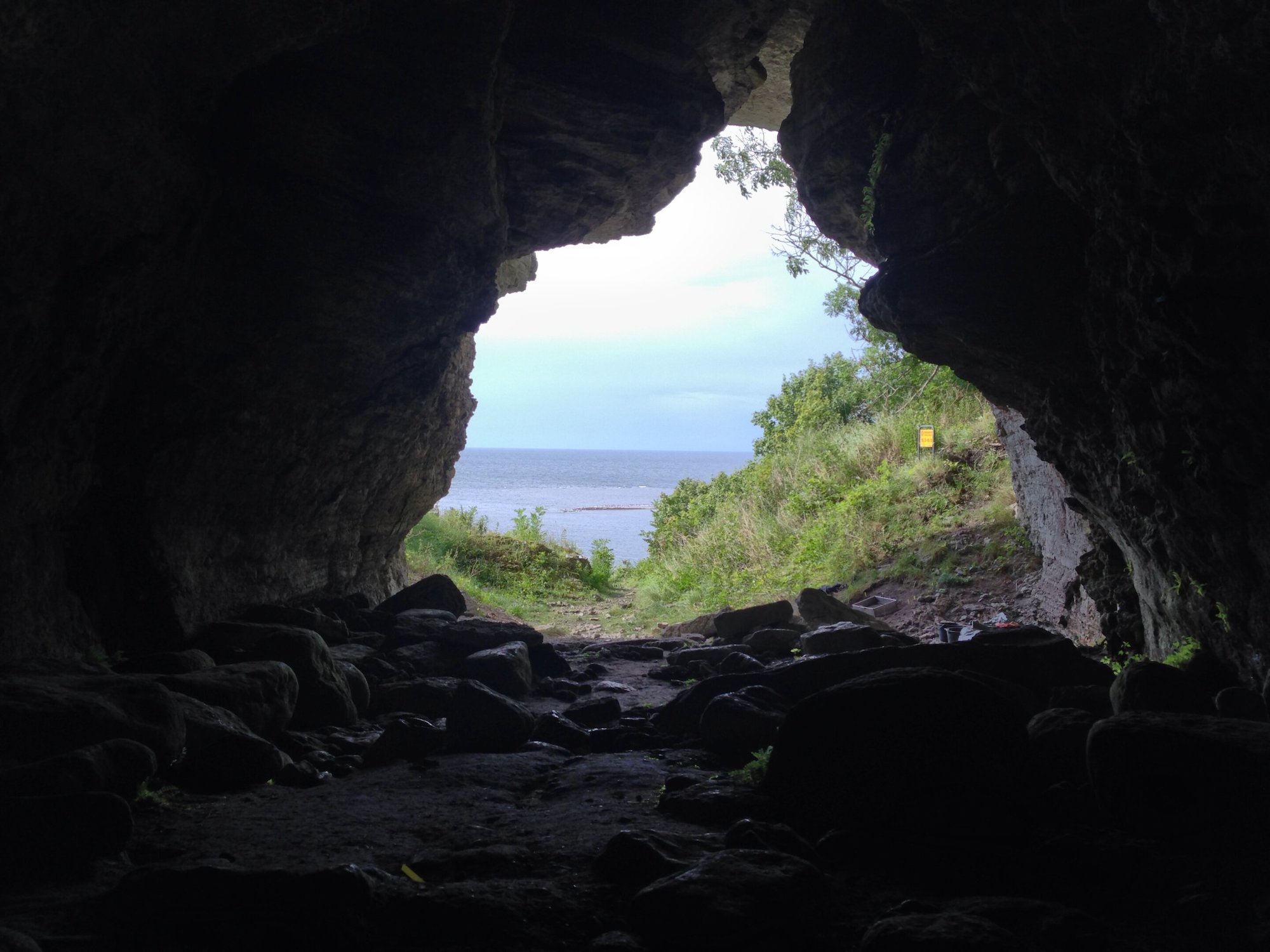 Jan Storå
Jan Storå -

-
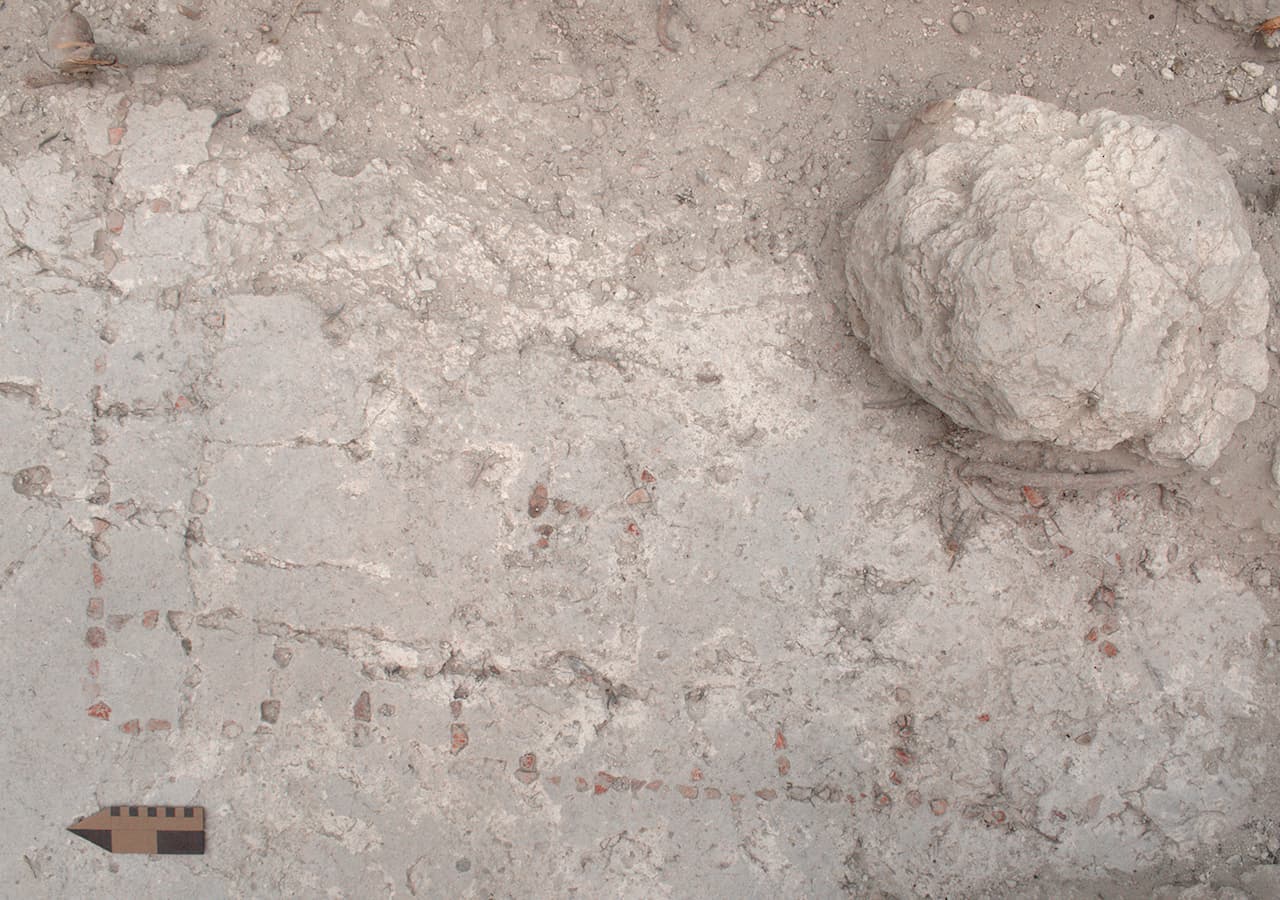 Hiquet and Méreuze 2025, Latin American Antiquity
Hiquet and Méreuze 2025, Latin American Antiquity -
 Cyprus' Department of Antiquities
Cyprus' Department of Antiquities -
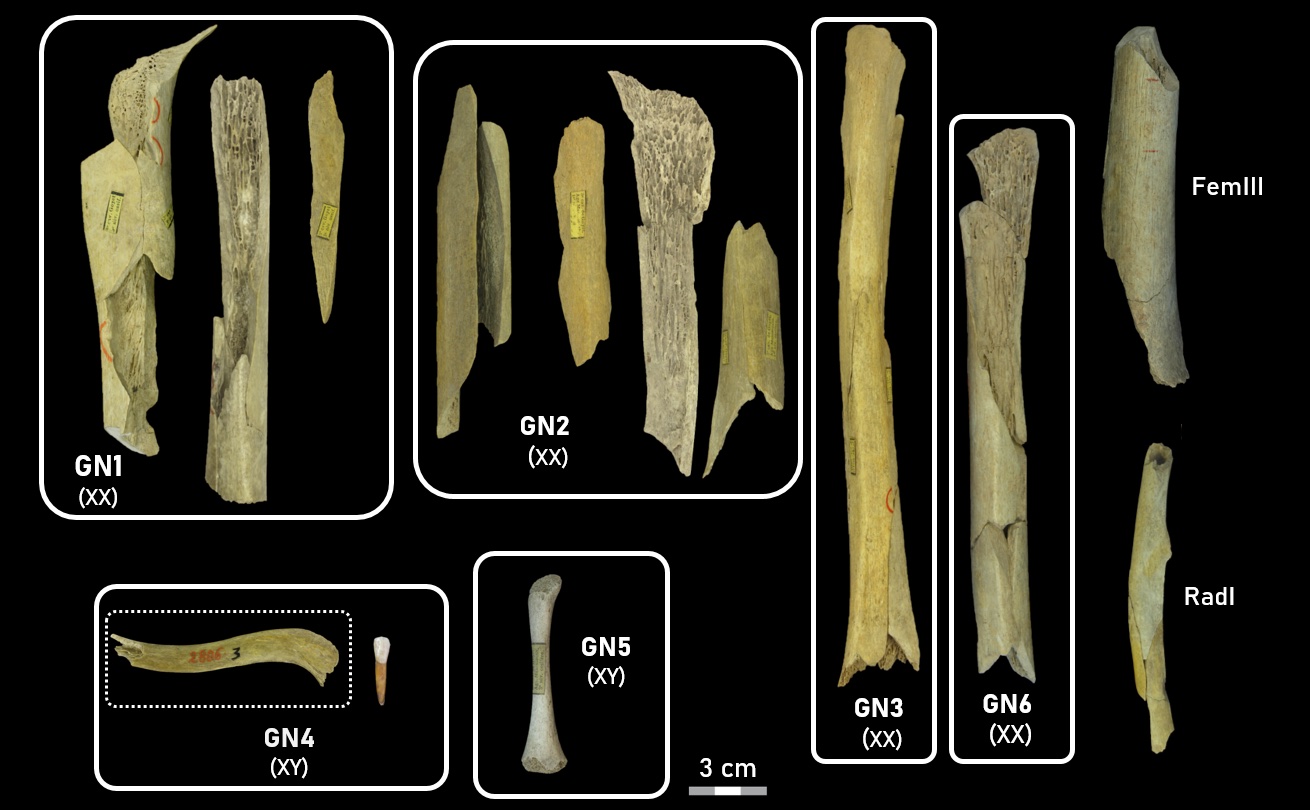 © Royal Belgian Institute of Natural Sciences /Scientific Reports
© Royal Belgian Institute of Natural Sciences /Scientific Reports -
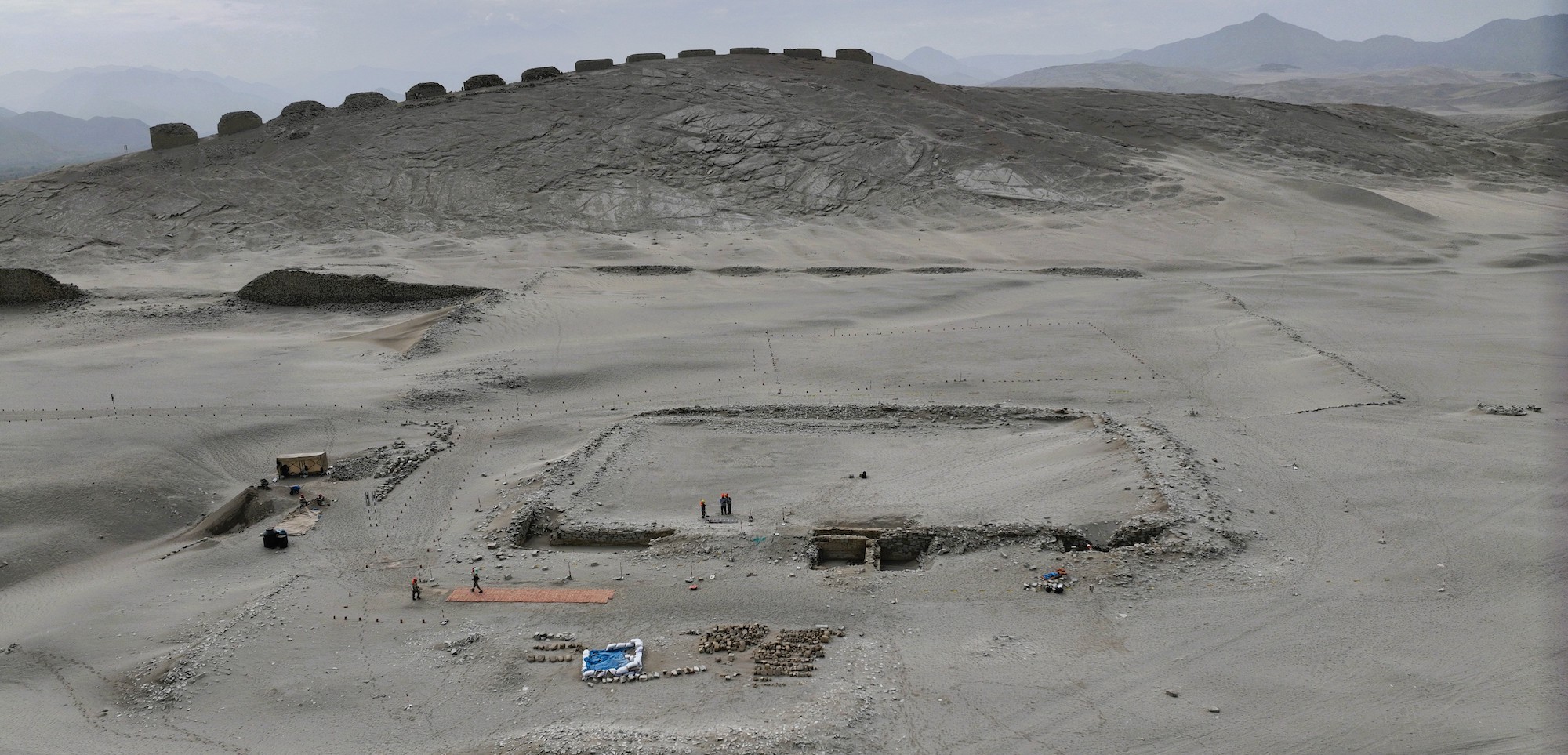 Peruvian Ministry of Culture
Peruvian Ministry of Culture -
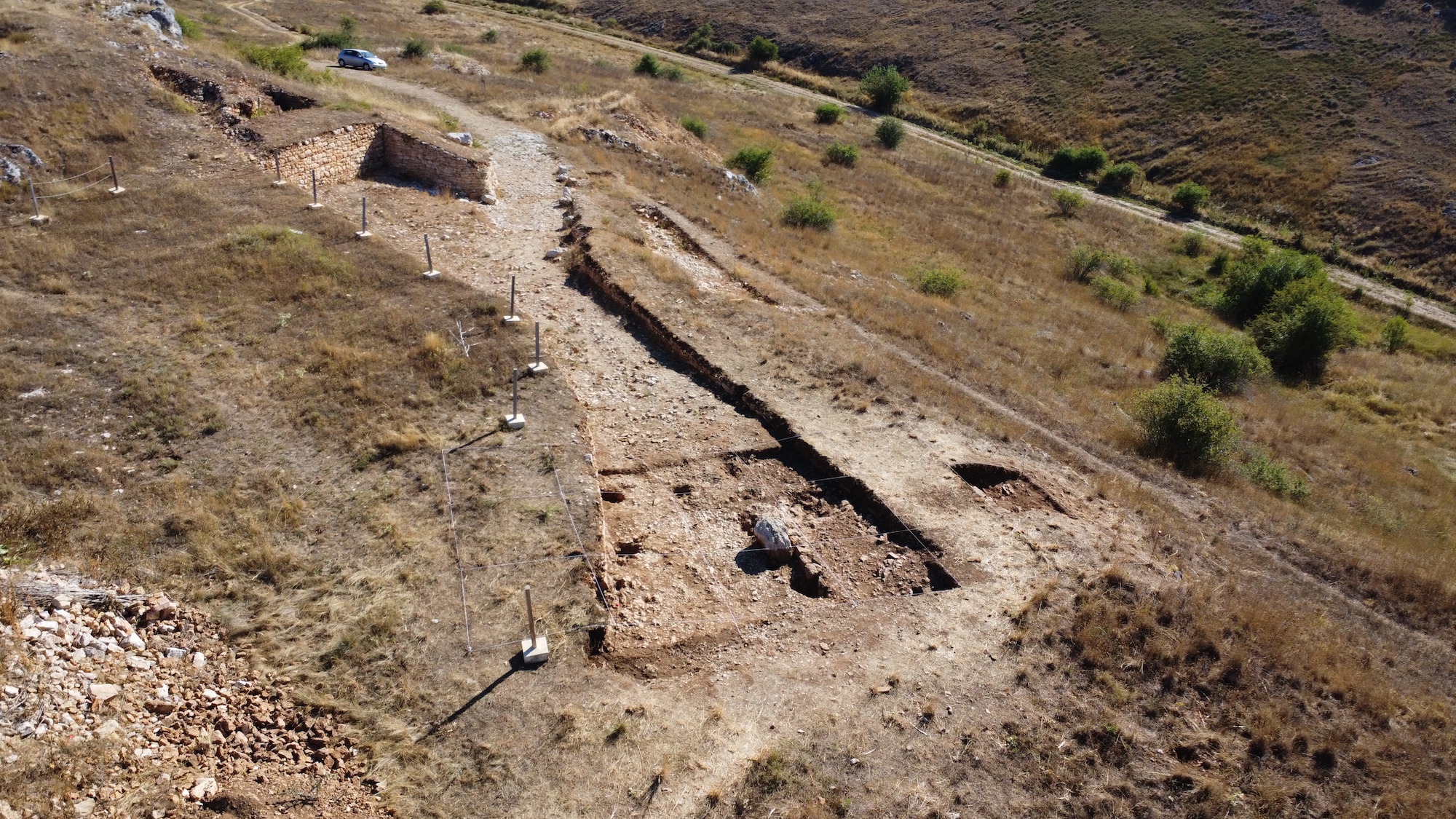 Santiago David Domínguez-Solera
Santiago David Domínguez-Solera -

-

-
 Kristoffer Rantala, NTNU Science Museum
Kristoffer Rantala, NTNU Science Museum
Loading...


